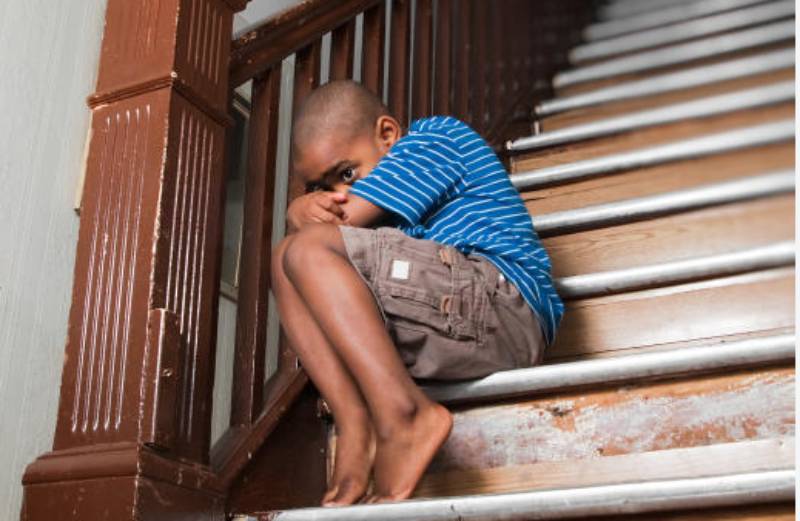×
The Standard e-Paper
Fearless, Trusted News

These are trying times for everyone. They can be especially challenging for young children struggling to understand what is going on considering the messages of gloom and doom. So what do you do to avoid making your child’s anxiety worse and help them process what is going on around them?